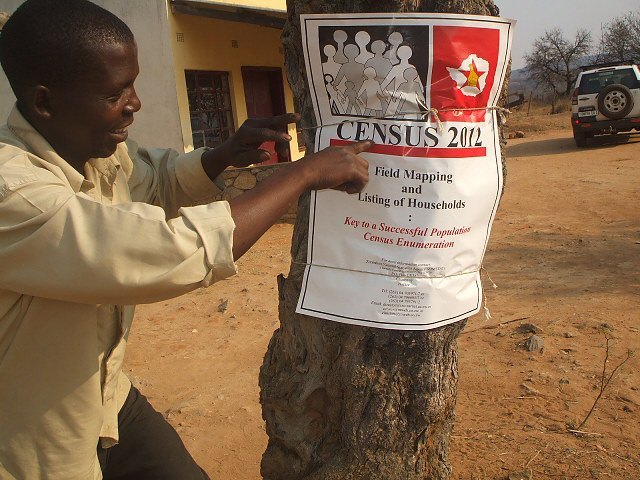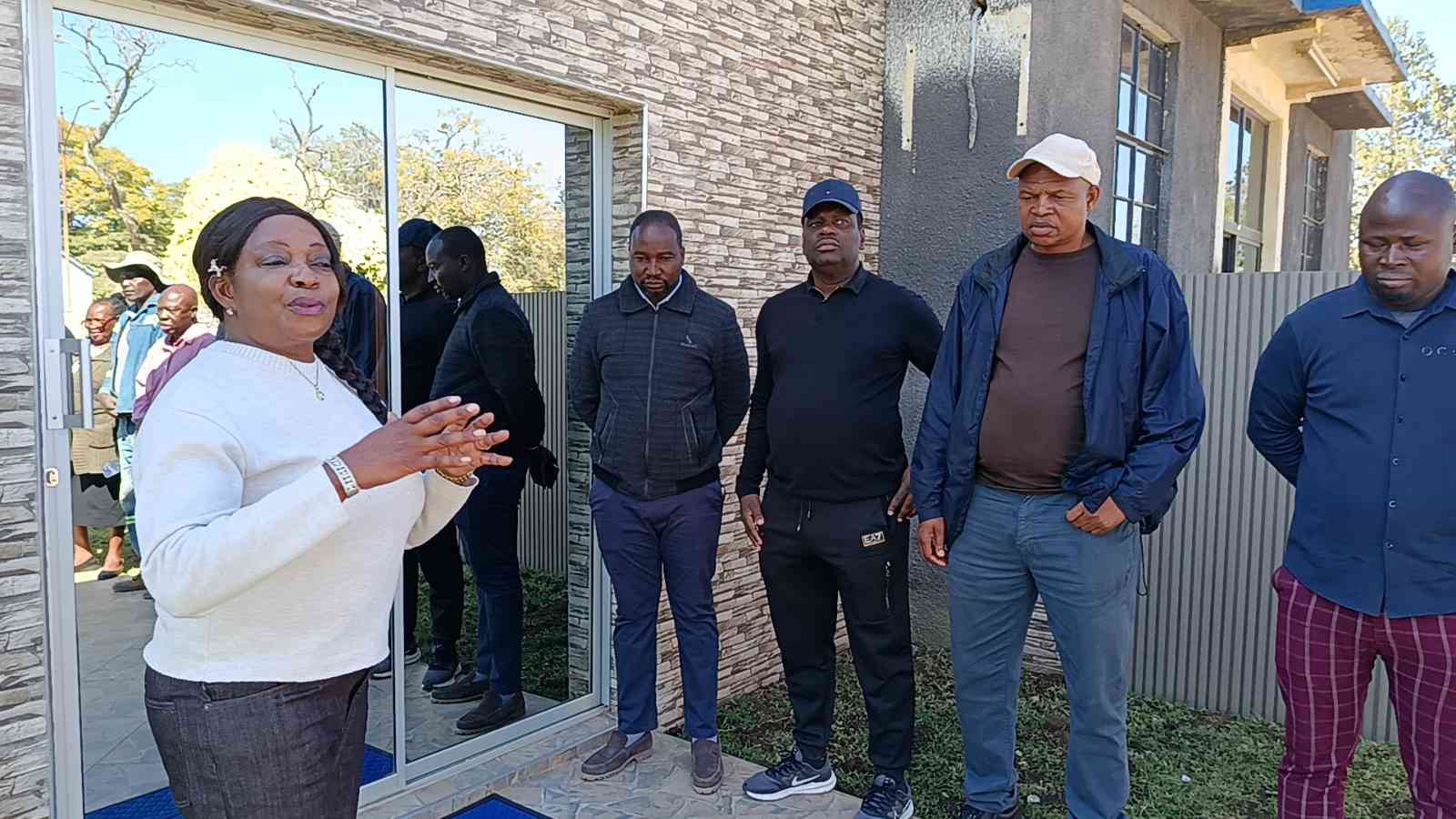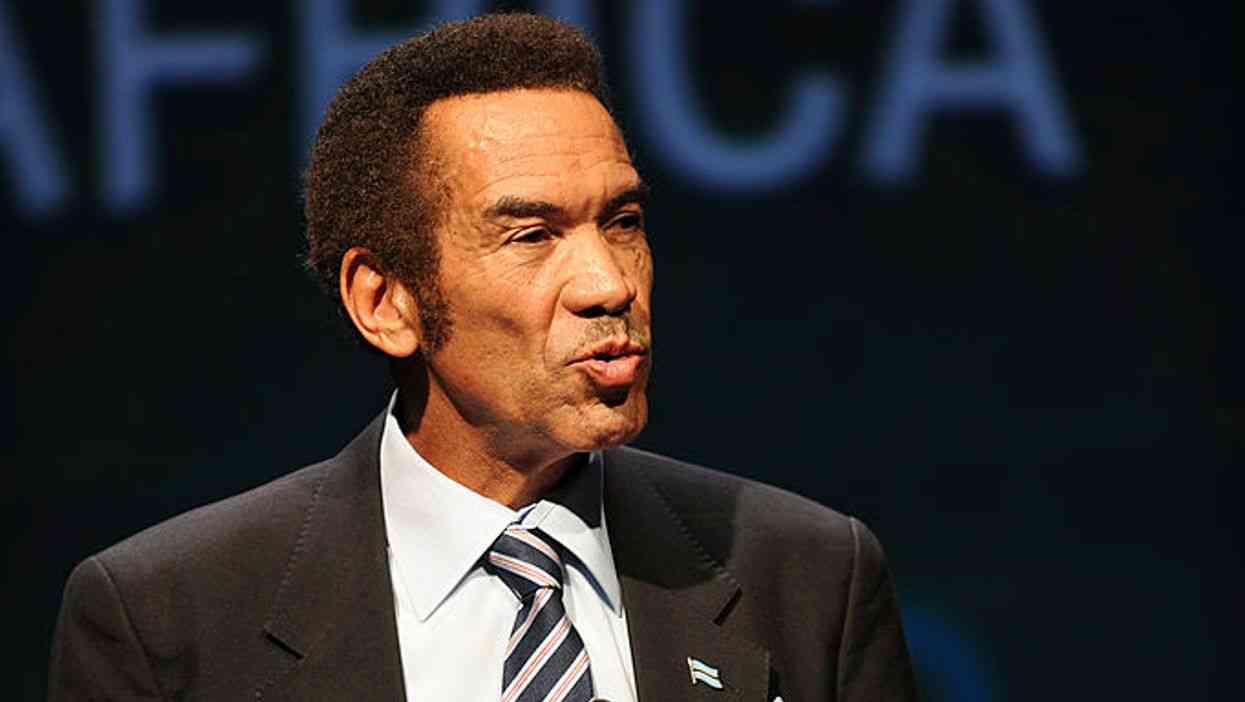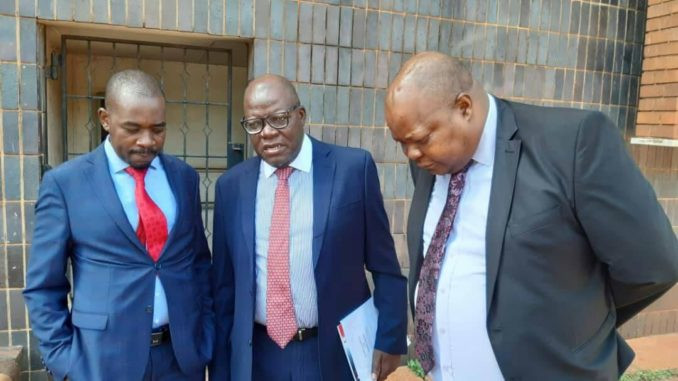
BY OUR STAFF THE selection of enumerators for the forthcoming national census has been mired by controversy after revelations that some paid their way to be selected for the process, The Standard has heard.While in some areas prospective enumerators were made to pick papers showing “yes” and “no”, in other districts they were just selected “on you-know-who basis”. Those who picked “no” would have failed to make it as enumerators. Disgruntled civil servants who spoke to The Standard last week said there was a lot of chicanery in the selection process. “As teachers, we are not paid much so everyone wants to be an enumerator,” said one teacher. “This is why some are paying so that they get selected; that is in areas where people are not asked to pick cards.” Each enumerator is expected to pocket about US$700 on completion of the counting process, making the programme lucrative for teachers who are underpaid by the government. However, the Zimbabwe Teachers Association (Zimta) chief executive officer Sifiso Ndlovu said they had not received any complaints. The Zimbabwe National Statistics Agency (ZimStat) last week said preparations for the forthcoming national census to be held on August 17 and 18 were on course. The census is expected to give government, civil society, and other policy makers wide-ranging and reliable data about Zimbabwe’s population and its characteristics. “This Sunday (today) enumerators will be trained for the census. We have already completed training level 1, which was for provincial supervisors, level 2 for district supervisors as well as level 3 for enumeration area supervisors,” said Mutasa Dzinotizei, ZimStat’s director general. Economic and sociological data gathered through the census would be important for national and sectional planning by governmental and non-state agencies. The census, which is expected to cost US$37 million, will result in the training of 31 000 enumerators and 6 000 supervisors for the programme. The results of the exercise are expected to be released next year. The data would provide a picture of the state of the population across the country including population density, outlining rural-urban and urban-rural migration and helps in the allocation and distribution of resources. The census data would also be used by government to respond to the development needs across the country.










